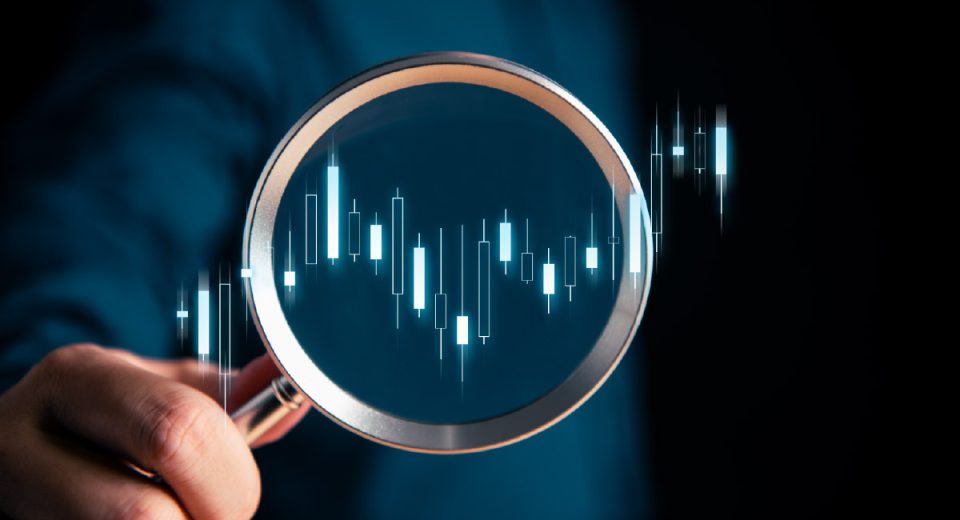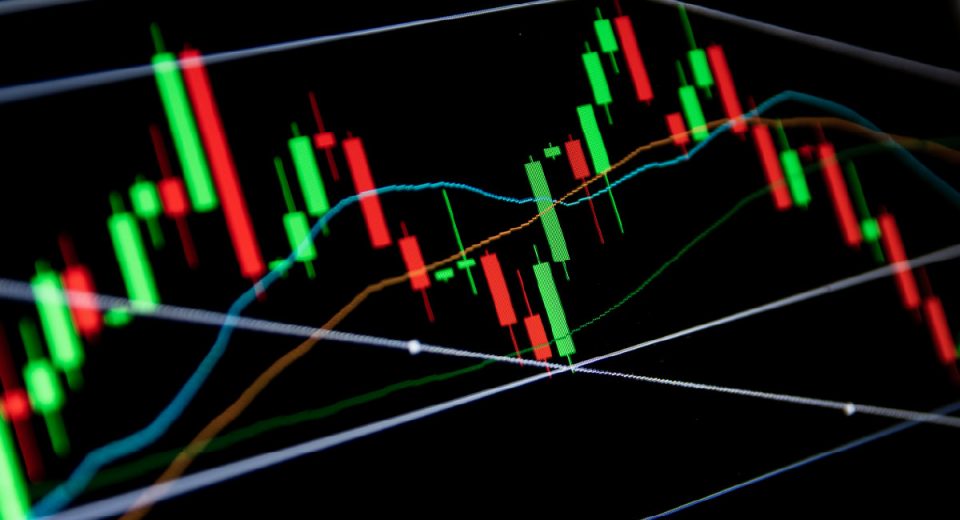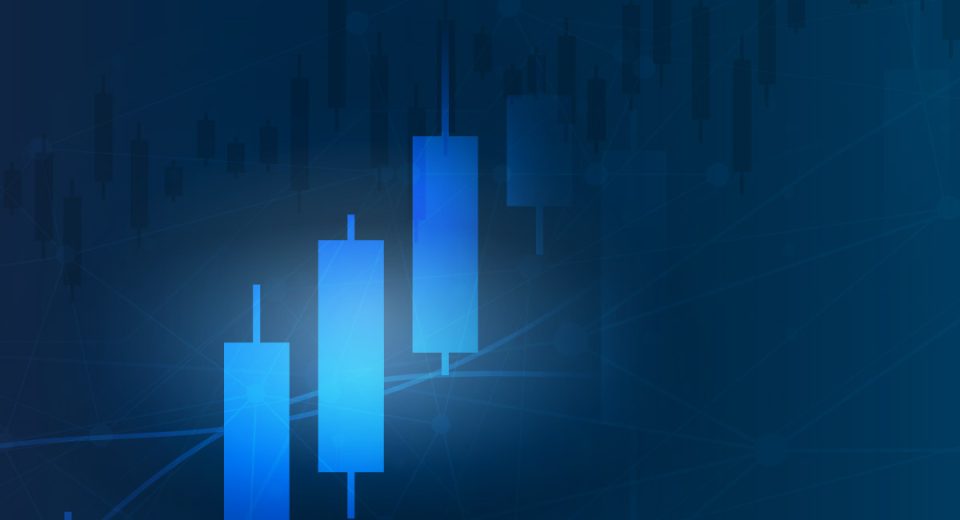Effects of Producer Price Index (PPI)

Forex traders have two key economic indicators to track the inflationary pressures in an economy, the Consumer Price Index (CPI) and the Producer Price Index (PPI). As the names suggest, while CPI measures inflation from the consumer’s perspective, PPI measures inflation from the point of view of producers in the economy. It represents the average changes in selling prices or wholesale prices, received by domestic producers for their output.
A Leading Economic Indicator
Also known as the Wholesale Price Index (WPI), PPI is closely watched by the central banks. The role of central banks is to keep a balance between the country’s inflation levels and employment market. As a result, the PPI and CPI are both taken into consideration, to make decisions regarding the country’s monetary policies or interest rates. Interest rates are raised to fight rising inflation and lowered to combat deflationary pressures. This affects the currency value of the domestic economy.
PPI data is usually released by the statistics offices on a monthly basis, although some countries might release it on a quarterly basis too. In the US, the PPI is released monthly by the Bureau of Labour Statistics (BLS), which the US Federal Reserve takes into consideration for its monetary policy decisions. Reports are released in the second week of each month, reflecting the previous month’s values.
The Components of Producer Price Index (PPI)
The producer price index base was set at 100 in 1982 by the BLS. The year became the base year. This fixed basket of goods prices is taken as a benchmark for subsequent calculations. Over 10,000 individual products and product group prices are considered, covering almost all manufacturing sectors in the US economy. This wholesale price data is taken from three stages of the manufacturing cycle:
- PPI Commodity Index: Price changes for raw materials like steel, crude oil and coal.
- PPI Processing Index: Price changes for goods in the semi-processed stage, which producers convert into finished products.
- PPI Industry Index: Price changes of goods in the final stage. This influences the core CPI figure.
The weighted average value of the price data at the wholesale level is calculated. Weights are assigned, based on the importance of that product for the economy. The index usually includes products like food, medicines, housing, education, clothing and transportation.
The industry index is the last stage of product manufacturing. This is the price at which goods will often be sold to the retailer, such as your local supermarket.
Economic Repercussions of PPI
Changes in the production levels (increase and decrease) are measured against the base value. For instance, if the PPI industry index value for commodity by pulp, paper and allied products was 176.5 in July 2019, and 178 in June 2019, it means that it cost the industry 1.5% less to produce these materials in July 2019, as compared to June.
Any change in the prices for producers, particularly for the industry index, is a leading indicator of whether consumers will pay more or less for that product. Higher producer prices usually mean that consumers will end up paying more at the retail stage and vice versa. A stable inflation level of 2% is usually considered good by the US Federal Reserve, for boosting consumer spending and corporate profits.
If the rate rises anywhere above this level in the mid-term period, the Federal Open Market Committee (FOMC) would consider raising interest rates to rein in rising inflation. On the other hand, a declining PPI is often taken as a sign of an economic slowdown.
Companies also track the PPI data, particularly the manufacturing sector. Profit margins of these companies depend on demand elasticity of their products. This has an impact on their stock prices for the near future. Businesses also track the PPI data for pricing purposes. For instance, many long-term contracts have clauses that change the price to be paid by buyers to sellers, based on certain conditions. In such cases, PPI is used to make the appropriate changes.
Since PPI provides information about prices of goods and services, early in the production chain, companies can use the data to make capital investments and long-term strategies.
Many countries also tend to adjust pensions, wages and payments in long term contracts, according to changes in relevant prices. This is known as index linking. This index linking of social benefits, like pension, has an influence over government spending budgets.
For traders, the US core PPI tends to be a reliable indicator. This is because it excludes price changes in volatile commodities, such as energy and food, which can obscure the prevailing trend in wholesale inflation. In the absence of these commodities, a more accurate picture of US economic health can be accessed.
The US government uses PPI data to make calculations on other sets of economic data too, such as the Gross Domestic Product (GDP). It is used by the government to separately study the consequences of price inflation and real economic growth. This is because just by looking at dollar values of economic transactions, a clear picture of economic growth cannot be gained. Price inflation tends to overstate economic growth.
What Should Forex Traders Know About PPI?
Deviations from the expected PPI numbers can often lead to huge market volatility, especially in US Dollar trading. Like many economic indicators, PPI figures are also often revised within 3 months of publications, which can again spark volatility.
It is also to be noted that producers do not simply pass on increased prices at the retail stage to customers. While they have to keep profit margins stable, consumer demand is relevant as well. If demand is low, or there are chances that it will becomes low with increase in retail prices, producers often decide to absorb the higher costs.
As a result, many traders might want to look into the retail sales figure, which is another pre-inflationary leading indicator. This gives an in-depth picture of market demand. The release of all these reports can be tracked through an economic calendar, a useful tool for all traders.
Reference Links
- https://tradingeconomics.com/united-states/producer-price-index-by-commodity-for-pulp-paper-and-allied-products-wood-pulp-fed-data.html
- https://www.fool.com/investing/general/2006/09/19/understanding-economic-data-producer-price-index.aspx
- https://www.investopedia.com/terms/p/ppi.asp
- https://www.cnbc.com/id/100475109







